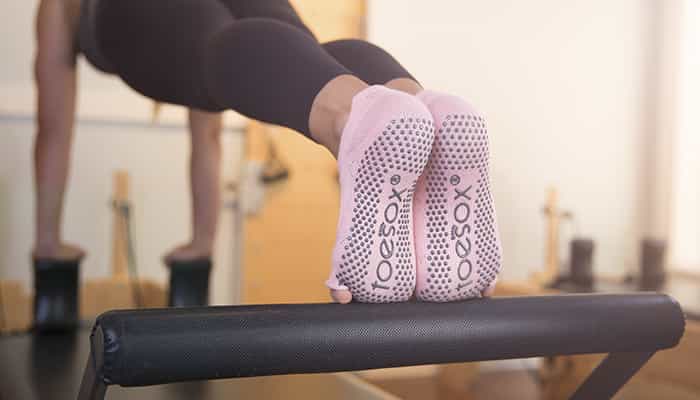Discover what PILATES is and the effects of regular exercise.

With Pilates, it's similar to yoga. Those who fall in love with its regular practice will never give it up, and Pilates exercise becomes a regular (beloved) part of their lives. Why do so many people love Pilates? Because Pilates gives no reason not to be loved. Indeed, everyone has a chance to love it, as it is suitable for everyone without any limitation (age, gender, physical fitness).
How did Pilates come about?
Let's explore the magic of Pilates together, step by step, starting right from the early 20th century, in 1926, when German (originally a circus performer, boxer, and self-defense instructor) immigrant Joseph Pilates opened a movement studio in New York with his wife. Joseph and his wife Clara dedicated themselves to a new method in the studio, initially named "Contrology" - later becoming known by his own surname, Pilates.
The technique was immediately embraced not only by well-known American dancers, who considered Pilates the best way to recover from injuries and prevent their recurrence. Pilates represented a system of exercises aimed at strengthening the human mind and body. Joseph believed from the beginning that mental and physical health are interconnected. And he was indeed right. Joseph founded his method on three principles:
1. Breath
2. Whole-body health
3. Connection of the entire body with the mind and soul
"First, learn to breathe properly." - Joseph Pilates
Pilates arrived in Europe in 1970 thanks to Alan Herdman when he was invited by the British London School of Contemporary Dance to visit New York and explore Joseph Pilates' methods. Upon his return from America, Herdman founded the first British Pilates studio in England at The Place in London.
What movement can be imagined under the term "pilates"?
The contemporary Pilates system includes both a "modern" program and a "classic/traditional" program. Modern Pilates is partly derived from the teachings of some first-generation students, while Classical Pilates aims to preserve the original work as taught by Joseph Pilates. Today, several versions of Pilates are taught, and most are based on the 9 principles:
1) Breathing
2) Concentration
3) Control
4) Centering
5) Precision
6) Flow
7) Accuracy
8) Stamina
9) Relaxation
Modern yoga, like Pilates, is a mind and body discipline, although yoga classes tend to focus more on spiritual aspects. However, some poses in these two disciplines are quite similar. Both disciplines develop strength, flexibility, and fitness. Pilates, though, emphasizes core strength, while yoga emphasizes overall flexibility.
"Change happens through movement, and movement heals." - Joseph Pilates

What benefits can Pilates exercises offer me?
Pilates exercises typically last about 45 minutes and consist of a series of consecutive movements. While these exercises may appear simple at first glance, they require precision and control to execute the techniques correctly.
When practiced consistently, Pilates improves flexibility, builds strength, develops control, and enhances endurance throughout the entire body. It emphasizes alignment, breathing, the development of a strong core, and improvement of coordination and balance.
The core, consisting of the muscles in the abdomen, back, and hips, is often referred to as the "powerhouse" and is considered key to a person's stability. Pilates exercises tend to focus on the core, although they also engage other areas of your body, firming the body as a whole. The Pilates system is suitable for everyone, allowing modifications of various exercises based on difficulty levels from beginners to advanced. The intensity can be gradually increased as the body adapts to the training over time. With thousands of possible exercises and modifications, Pilates training can be tailored to individual needs.
Pilates exercises provide a full-body relaxation and contribute to our mental well-being. It releases accumulated stress, relieves tension, and offers overall mental relief. Another great benefit of Pilates is its ability to teach us proper breathing. Controlling our breath may seem trivial, but those who have learned to cope with challenging situations through breath control know that the art of breathing can work wonders.
Pilates can always be concluded with a pleasant relaxation or a short meditation for maximum benefit to our physical health and mental well-being.
To summarize this unique exercise beneficial for both body and soul, let's end with a quote from the father of Pilates, who gave us the concept of this amazing exercise:
"Every moment of our life can be the beginning of great things." – Joseph Pilates
...Joseph knew what he was talking about because the moment when the idea of a new exercise technique connecting body and soul landed with him was indeed a moment when something truly amazing was born. It was the moment of the creation of Pilates.
Did this article help you? If yes, you can also help someone else by sharing this page. Feel free to share your experiences in the comments below the article and help others.

.jpg)